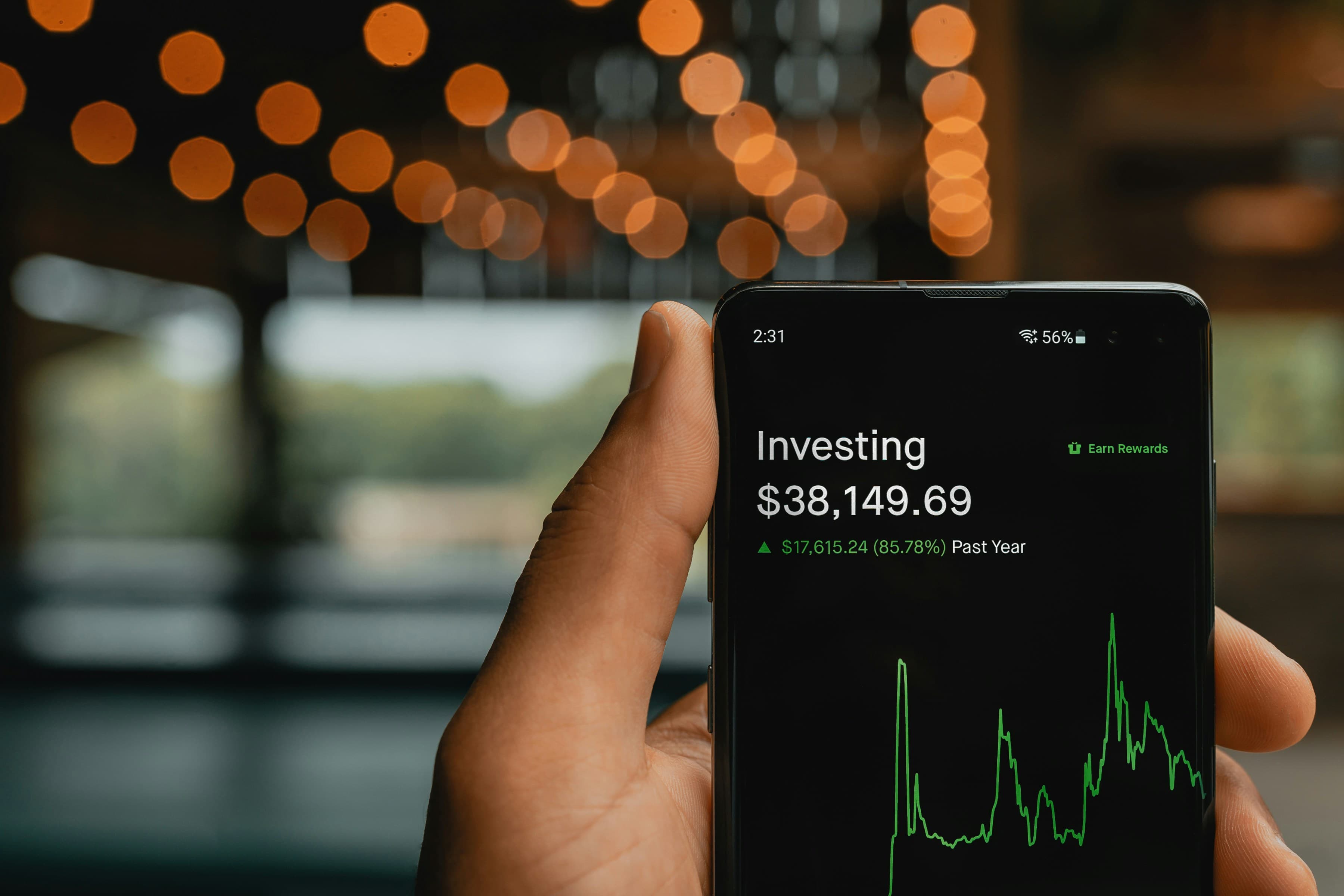Why Warren Buffett Outgrew His Mentor’s Teachings

In 1950, a young Warren Buffett from Omaha walked into Benjamin Graham’s class at Columbia Business School and found a system that felt like a revelation. For anyone wondering , Graham’s method was like a perfect cookbook: a formulaic, easy-to-follow guide with strict rules. It was a framework that would help turn Buffett into a billionaire. But over time, the student realized the world had changed, and the teacher’s old recipes were no longer enough.
Initially, Buffett was a true convert. Graham’s approach to was methodical and appealed to Buffett’s analytical mind. The core idea was to find companies trading for less than the value of their assets if they were liquidated tomorrow—what Graham called a “margin of safety.” Buffett was also drawn to Graham’s personification of the market as “Mr. Market,” a moody business partner whose emotional swings from euphoria to despair created opportunities. The key was simple: be fearful when others are greedy, and greedy when they’re fearful. This was the foundation of his early philosophy.
Putting these ideas into practice, Buffett began his career by imitating his mentor. He bought companies like the Sanborn Map Company and Dempster Mill Manufacturing not for their business prospects, but because their assets were worth more than their stock price. He’d then push for those assets to be liquidated, make a quick profit, and move on. This was the classic “cigar butt” approach: finding a discarded stock with one last free puff left in it.
A Shift in Thinking from Price to Quality
But as Buffett looked out from his home in Omaha during the 1950s, he saw a booming post-war America. The country was prospering, the middle class was growing, and the economy was far more stable than in Graham’s era of panics and depressions. He began to realize that focusing solely on liquidation value meant ignoring a company's potential for future growth. The world of was evolving.
His thinking was heavily influenced by economist John Burr Williams, who argued that a business's true worth wasn't its assets on a balance sheet today, but the sum of all the profits it could generate in the future. While Graham focused on a static snapshot, Williams offered a moving picture. This idea, known as discounted cash flow, completely reframes is all about. Instead of asking, “What is this worth if I sell it for parts?” the question became, “How much money can this business earn over time?”
Practically speaking, projecting future cash flow is nearly impossible. So Buffett adopted a simpler yardstick: the price-to-earnings (P/E) multiple. This metric provided a rough idea of whether a stock was cheap relative to its current earnings. But the larger point remained—judging a business required qualitative judgment, not just simple math.
Finding Businesses with an Economic Moat
Buffett’s analysis of GEICO in 1951 was a glimpse of his new approach. He barely mentioned its assets. Instead, he focused on its brilliant business model. By insuring low-risk government employees and selling directly via mail and phone, GEICO had a massive cost advantage. It could offer cheaper policies while earning much higher profit margins than its competitors. This edge, what a Harvard professor would later call a “competitive advantage,” set GEICO up for decades of growth.
This was the beginning of a decades-long evolution, helped along by his business partner, Charlie Munger, who dismissed Graham’s old style as “madness.” Together, they started in companies with durable advantages, or what Buffett famously called an “economic moat.”
They looked at businesses like American Express, which benefited from a wealthier middle class traveling more. They saw the power of Disney, whose value came not from the steel in its theme park rides but from the emotional connection audiences had to its characters. They bought See’s Candies and realized that customers’ love for the brand allowed them to raise prices year after year without losing business. These companies had moats—powerful brands, low-cost operations, or loyal customers—that protected them from competition.
This philosophy culminated in 1985 when Buffett invested in Capital Cities, paying a P/E multiple 60% higher than the market average. It was a move Graham would have never approved of. Buffett was no longer buying cheap stocks; he was buying excellent businesses at fair prices, confident that their quality would eventually far outweigh the initial cost. His record speaks for itself: a $10,000 in his company, Berkshire Hathaway, in 1965 would be worth around $335 million today, dwarfing the market averages.
Is the Buffett Approach Still Relevant?
However, the very world that allowed Buffett’s strategy to flourish has changed dramatically. The brand-TV ecosystem he exploited, where companies like Coke could dominate by outspending rivals on just three TV networks, is gone. The internet shattered the media monopolies, and the rise of niche brands has eroded the power of the old giants.
Legacy financial companies, another longtime Buffett favorite, are also vulnerable. Their competitive advantage often came from customer inertia—people being too lazy to switch banks despite high fees and low interest rates. But now, fintech startups are offering cheaper, faster, and better financial products online, threatening to upend the entire industry.
Buffett’s framework was perfected in a stable, slow-moving economy where you could identify a dominant company and watch it grind higher for decades. It struggles to capture the value of today’s tech giants, which often possess both moats explosive growth prospects. Most tech companies reinvest heavily in growth, so they don’t look cheap based on current earnings, causing them to be screened out by his methods.
The lesson here echoes Buffett’s own journey. The question of is not just about compounding returns, but about having the time to adapt as the world changes. The principles that made Buffett successful are timeless, but the specific tactics and hunting grounds for value are always in flux. The dominant moats of the 20th century are drying up, and a new generation of investors must now figure out where the next ones are being built.







